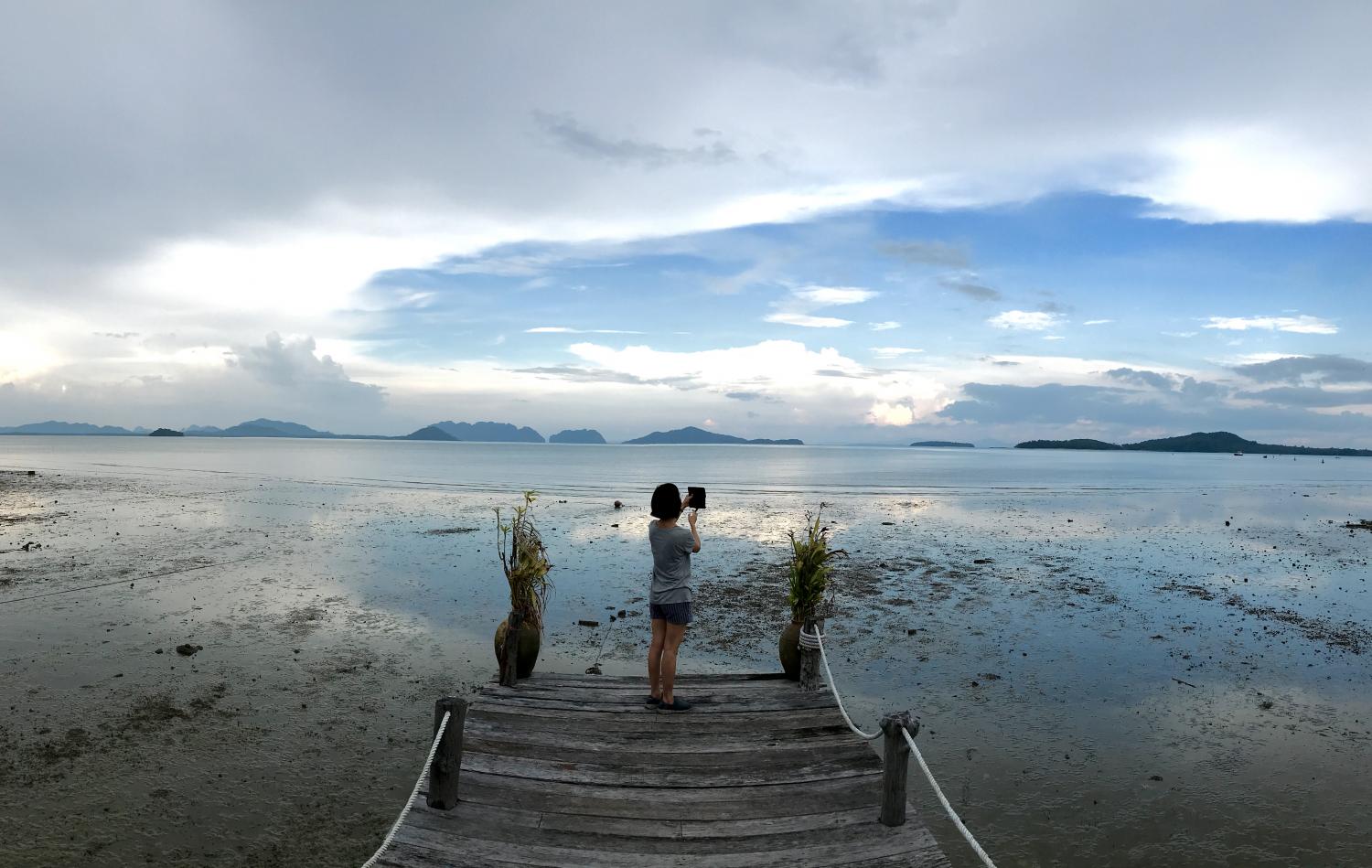A row boat approached the pier at Ban Thung Yi Peng (also spelled Ban Thung Yee Pheng) on Koh Lanta Yai in Krabi. Lining both sides of the waterway are dense mangrove forests. This is thanks to the efforts of the Community Based Tourism Club of Ban Thung Yi Peng, which has helped protect and replant mangrove trees for almost 20 years.
"We started the club in 2003 when tourists poured onto Koh Lanta. We had to do something if we wanted to preserve our forest, our sea and our way of life," said Narathon Houngthong, president of the club.
He floated the tourism club idea to people around him. He received both positive and negative feedback. Many villagers did not believe that tourists who came to the island for sun, sand and sea would be interested in visiting the small fishing and farming village. Based on his 20-year background in the hospitality business, Narathon knew his community had tourism potential.

Sunset at Kho Kwang Beach, not far from Sala Dan Pier.


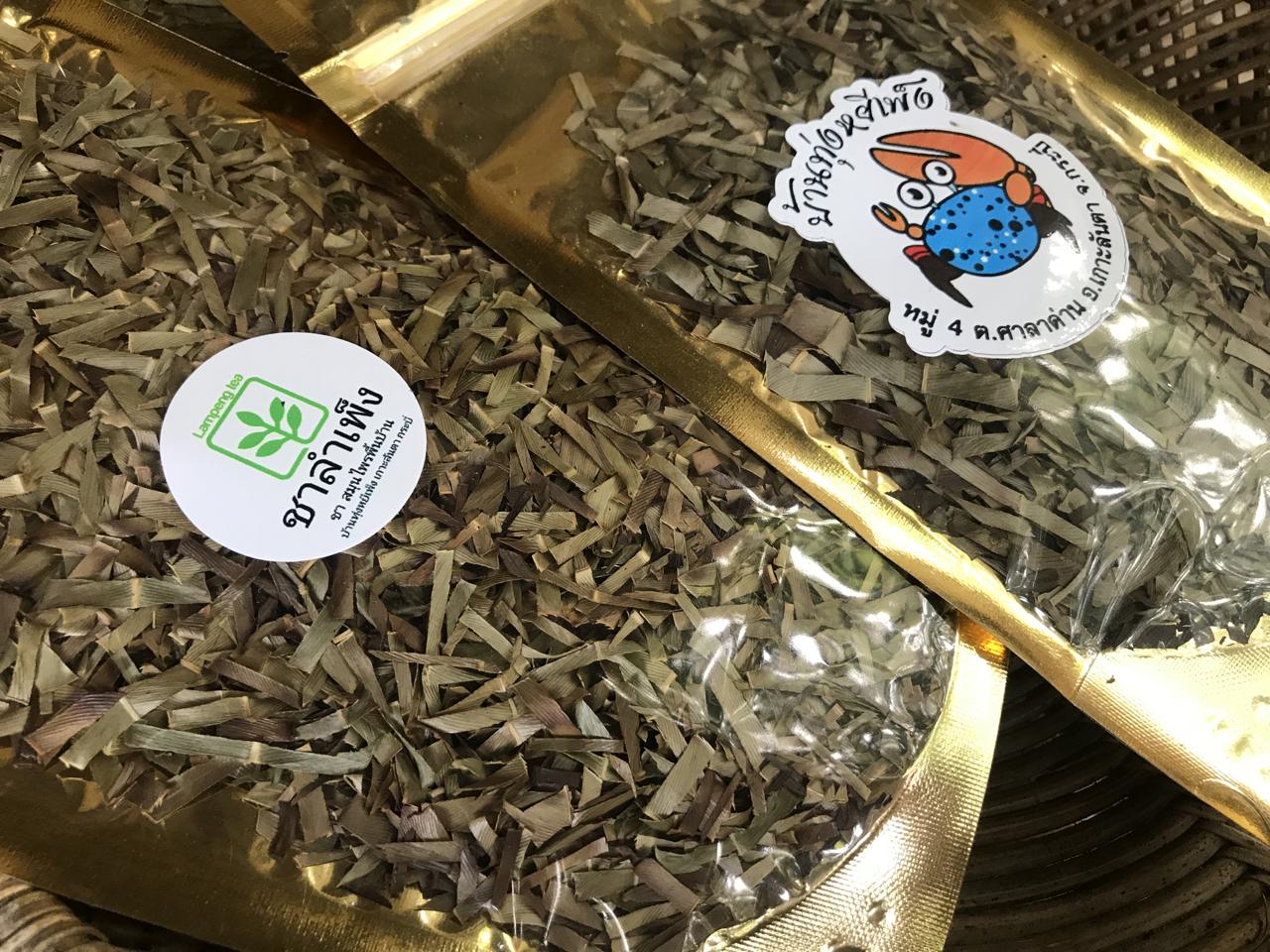
Cha Lam Pheng is the name of the signature herbal tea of Ban Thung Yi Peng. The tea is made of leaves of a climbing fern (Stenochlaena palustris) known as lam pheng, lam theng or phak krut daeng. Locals use young red leaves for cooking and green leaves for tea. The tea has a pleasant smell and is good for drinking both hot and cold. Karnjana Karnjanatawe
The first magnet is the mangrove forest that stretches 1,995 rai. About 30 years ago, the forest was damaged due to the logging concession. Mangrove trees were cut down for producing charcoal. The concession was revoked when a law was issued around 1996 to stop the deforestation.
"We replanted mangrove trees and have a committee to safeguard our forest. Year after year, we regained our forest land," he said.
The forest appears healthy while the murky water did not have a bad smell.
"When it is low tide, I can find a lot of clams around the mangrove area. Crab-eating macaques will show up to find food along the coast," said my guide Wanvisa as we took a boat ride. While sitting in the boat, I could spot fish and birds. Longtail fishing boats passed us by from time to time. Although it was late morning, the weather was pleasant and the wind was mild.
"Do you want to try rowing the boat?," asked my guide.



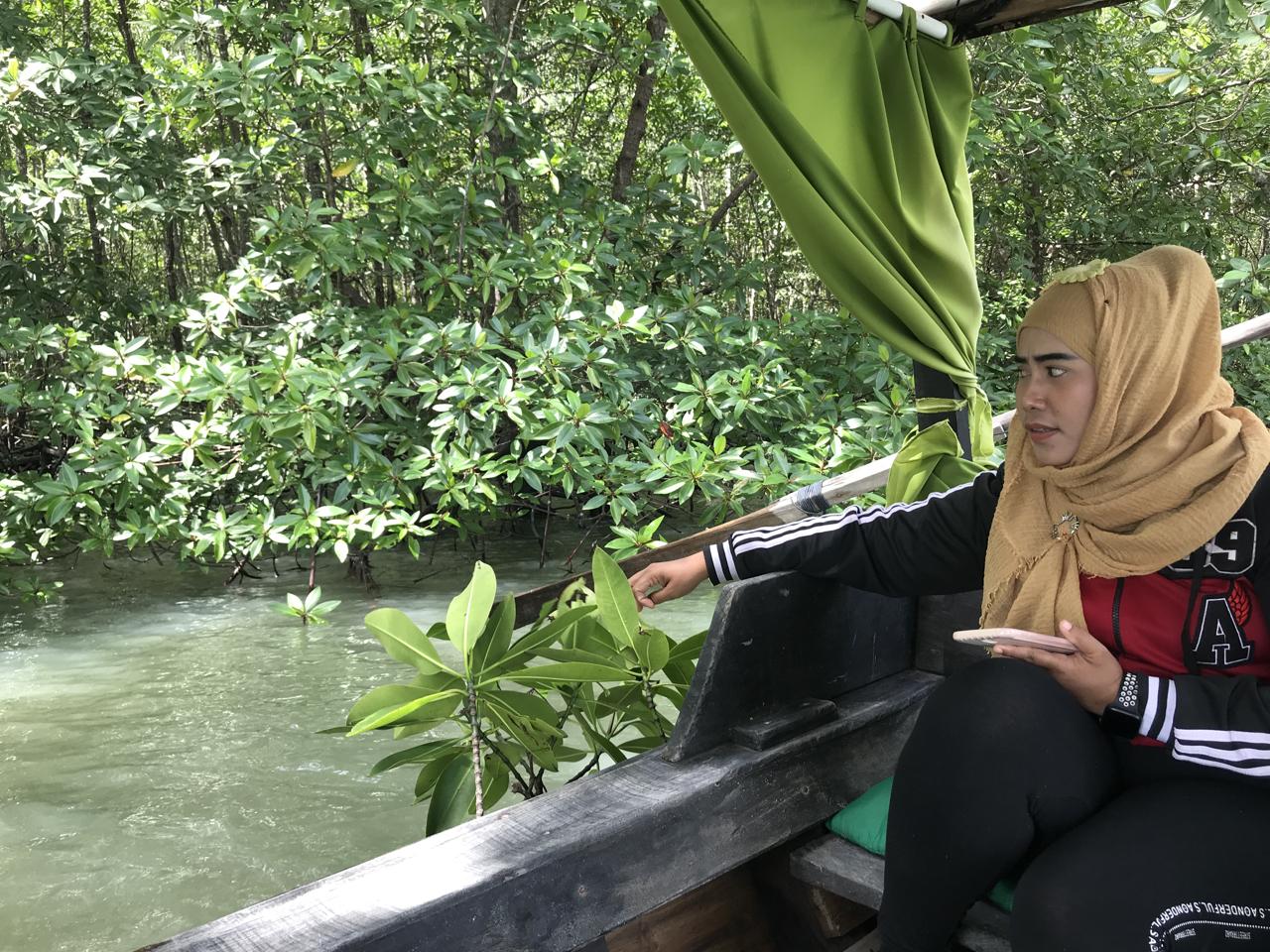
The Community Based Tourism Club of Ban Thung Yi Peng offers various choices of boat cruise service starting from one hour to three hours. The price is 500 baht per person. The rate also includes a coffee break and local snacks like khanom hua lan (rice flour dumplings with sweetened coconut filling), khanom kruai (steamed coconut cream pudding), khao nieo sangkhaya (sweet and creamy sticky rice topped with Thai custard) and khao tom mat (steamed sticky rice snack wrapped in banana leaf).

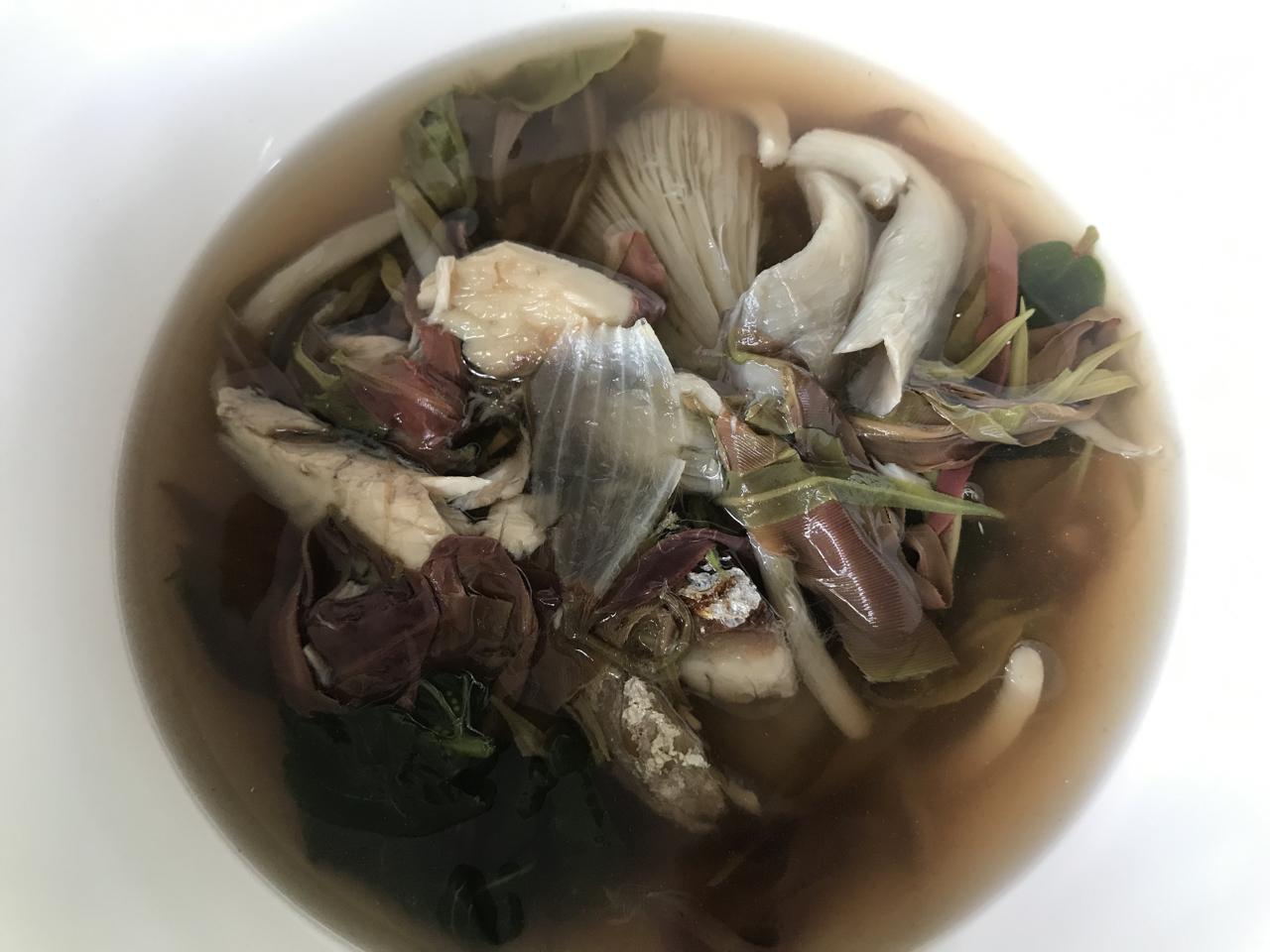
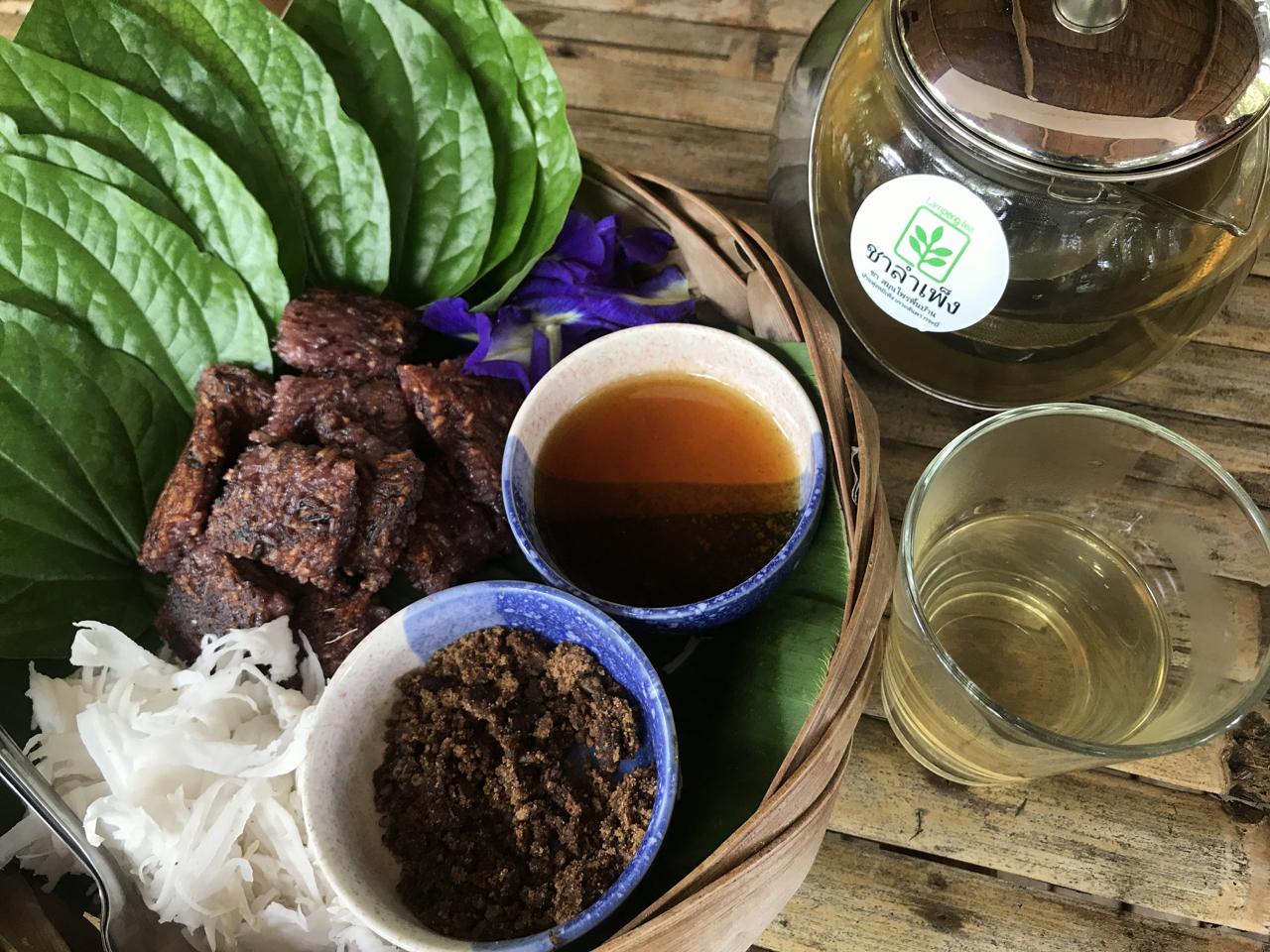
Ban Buak is the name of a learning centre at Ban Thung Yi Peng on Koh Lanta Yai. The centre also has a restaurant which serves home-cooked food such as deep-fried and sun-dried pla krabok (mullet) served with nam phrik makham sod (sour and spicy tamarind dip) and home-grown vegetables. Its kaeng liang (mixed vegetable soup with fish) is also tasty. Ban Thung Yi Peng also has its own unique snack called khanom miang khaonieo song dang. It is made of fried sticky rice that is served with betel leaves and fresh coconut shreds. To eat the snack, you need to take one betel leaf and use it to wrap a piece of fried sticky rice, coconut shreds and a butterfly pea flower. Then top the one-bite snack with caramel or brown sugar. The snack is chewy, creamy and sweet. It is tasty and can go well with hot Lam Pheng tea. Another selling point of the restaurant is a biodegradable round plate. It is made of woven coconut leaves that can also be washed and reused.




Koh Lanta Community Museum is located in the old Lanta District Office in Lanta Old Town. The two-storey wooden structure was built in 1901 and was used as the district office until 1998 before the office was moved to Koh Lanta Noi. The building was renovated in 2006 by co-operation of the public and private sectors and turned into a museum. The exhibitions include a collection of old pictures of Koh Lanta and its communities, ways of living such as models of fishing boats, and a clay kiln, which was used for burning mangrove wood to charcoal. Locals also donate their collections for display in the museum.
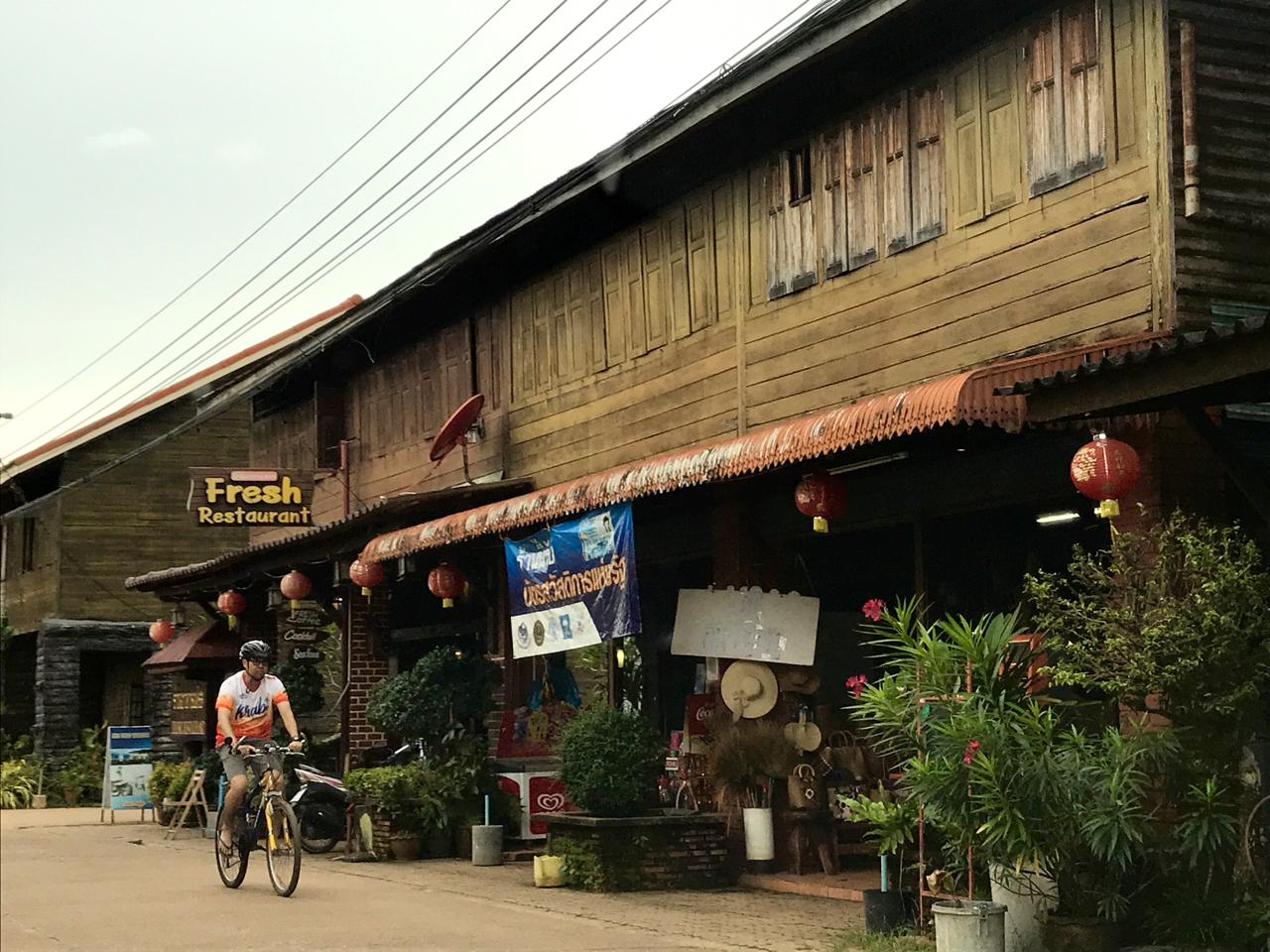

The ambience of the old quarter of Lanta Old Town on Koh Lanta Yai is like a living museum. Old wooden houses line the two-lane concrete road. Some shophouses are open for selling products for locals while some others are converted into coffee shops and restaurants. At one end of the street not far from the Koh Lanta Community Museum, you will find a pier where you can rent a longtail boat to nearby Koh Po. At the other end of the street, you will find a small fishing community and a market that offers fresh seafood.


Located on the southern tip of Ban Laem Tanod on Koh Lanta Yai, Mu Koh Lanta National Park oversees 25 islands. The popular sites include Koh Ha, which is a famous diving spot for watching manta rays, and Koh Hin Daeng-Hin Muang where divers may have a chance to see whale sharks. The tourism highlights at the headquarters include the 10m-tall lighthouse, with its navigation light powered by solar cells, and the octopus bush plant, which is a wind-shielding coastal shrub. The park also has a natural walking trail and a lot of toddy palms.
Judging from the pushing efforts of Mana, our boatman, I did not want to add muscle to my arms just yet. Our boat stopped when it almost reached the mouth of Lat Bo Nae River, which flows into the Andaman Sea. We took a rest under a big Phi Phi tree (olive mangrove). Wanvisa picked a hoy khem (small-size snail) from a branch of the tree and told me that it can be eaten. She liked eating the snails cooked with spicy coconut milk.
She returned the snail to its habitat and started to set up a coffee table. I enjoyed our break with a cup of hot black coffee and local desserts. After we finished the snack, our boat slowly returned to the village.
Narathon told me that in the past they used long-tail boats for the cruise service, but later began using row boats, seven in all. Each boat has a flat roof above the passenger bench. The sunshade poles are decorated with green curtains. They renamed the boats from ruea tao than or ruea banthuk mai (a boat for carrying logs for producing charcoal) to "Gondola of Ban Thung Yi Peng", although the boats look much different from the traditional Venetian gondola. Ban Thung Yi Peng offers workshops for visitors to learn how to make the local herbal tea called Lam Pheng, biodegradable dishes from coconut leaves and local snacks, or to have a spa experience.
From Ban Thung Yi Peng, I visited Ban Sri Raya, better known as Muang Kao Community or Lanta Old Town. As the name suggested, it was an old community on the island and home to both Muslim and Chinese descendants. The history stated that the glory years of the old town dated back to about a century ago. The community was a trading hub for ships from Ranong, Phuket, Phangnga, Trang, Satun, Penang and Singapore. They also docked in the area during the monsoon. But when the transportation mode shifted to roads after Highway 4 was built, the community shrunk.
At present, the old quarter is quiet. Some old shophouses are closed. The wooden shophouses in this area have a unique structure, known as Ban Yao, meaning longhouse. It is because the length of the houses can be extended up to 40m. The shophouses combine the commercial and residential into one building. Each shophouse has a veranda at the front to give shade for a walkway, like the Sino-Portuguese style of concrete shophouses in Phuket Old Town. In the middle of the house, there is a well and a washing area. This part does not have a roof. The back of the building is the residence.
Lanta Old town is also home to Koh Lanta Community Museum and various seaside restaurants.
From the old quarter, I proceeded on to Koh Lanta Noi. The island is linked to Koh Lanta Yai by Siri Lanta Bridge, opened in 2016. It is easy to drive on Koh Lanta Noi because the road is not under construction, unlike Koh Lanta Yai.
I stopped at Saychon Lanta Batik, which offers a wide range of hand-painted batik patterns, Aunty Bee's Eco Handicraft, which sells shopping bags made of recycled plastic packaging, and Laem Ngu viewpoint, which was launched in April.
This is a good time to visit Koh Lanta. With the absence of international tourists, visitors have the long and quiet beaches to themselves. There is no queue for restaurants while seafood was fresh and inexpensive. E-payment is widely accepted in restaurants and souvenir shops. Above all, the locals are friendly. The visit to Koh Lanta made me completely forget about the chaos in Bangkok. It was a really pleasant holiday.


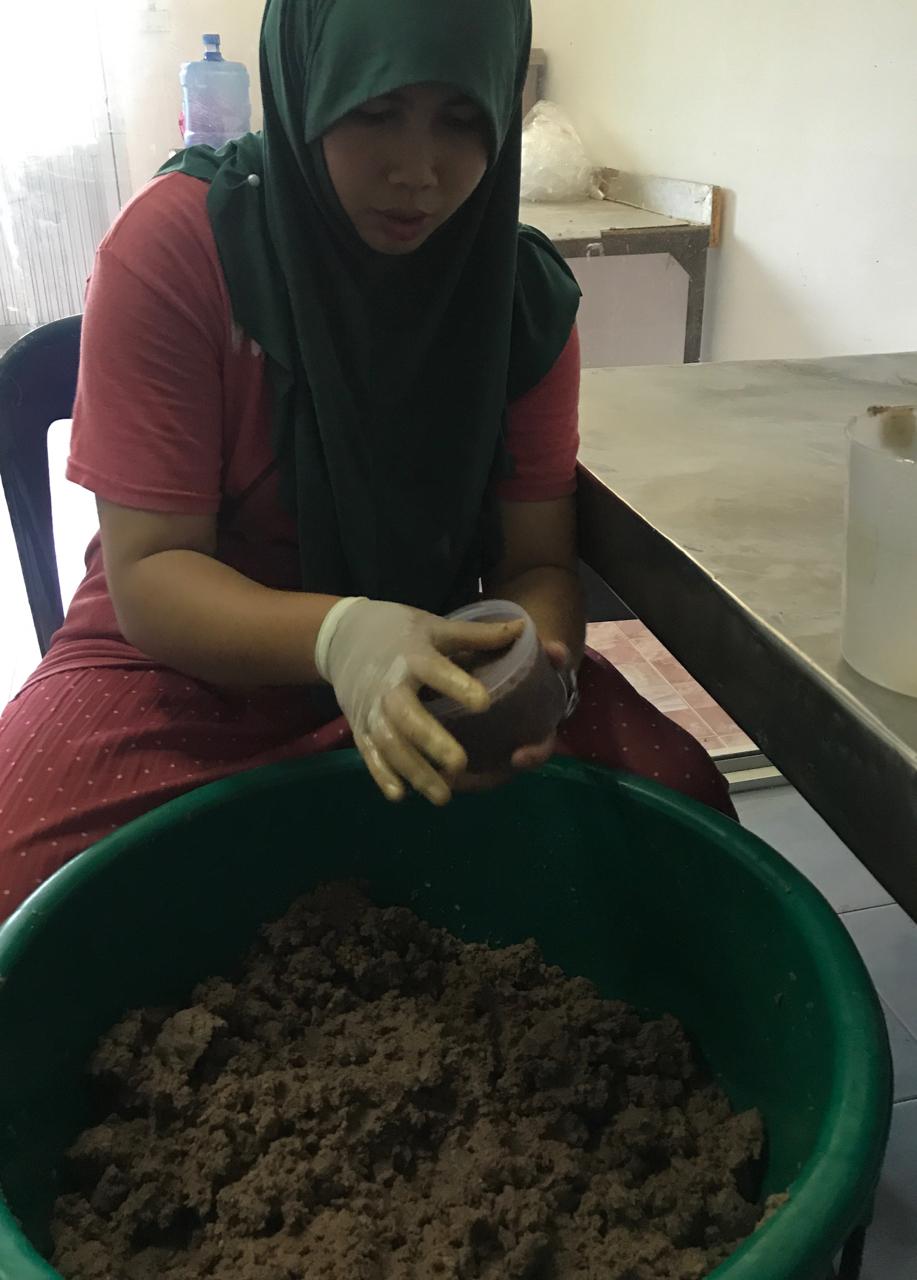
Shrimp paste is a famous Otop (One Tambon One Product) of Koh Lanta. It is produced by the Women's Agricultural Group of Ban Thung Yi Peng on Koh Lanta Yai. They dry small shrimp in a parabola dome which protects them from dust and bugs. The shrimp dries within four hours and is then mixed with salt, sugar and then ground. The shrimp paste is preserved in a closed container for 15 days before packaging. The price is 60 baht for a 500g box.
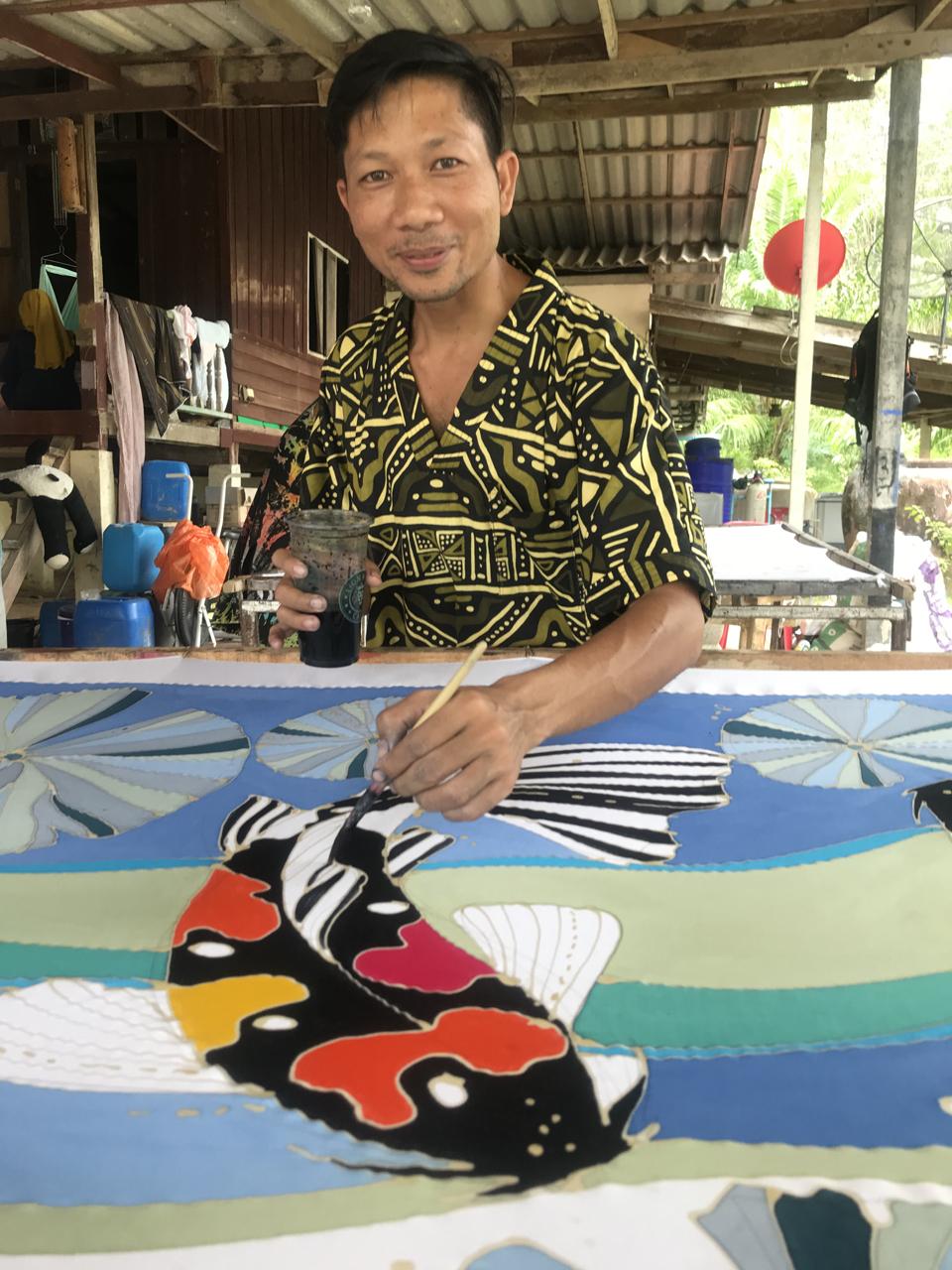
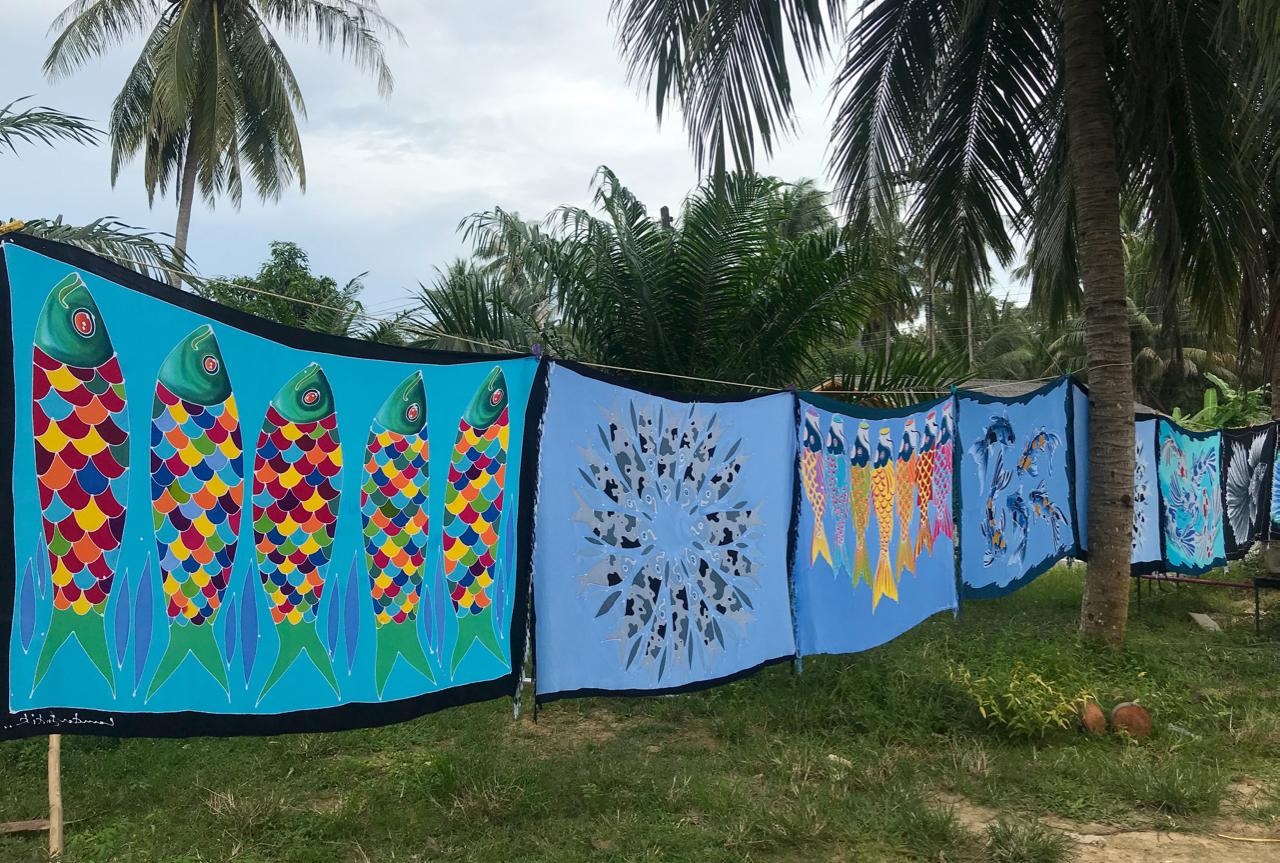

Saychon Langu opened his house as the Batik Learning Centre of Ban Thon Libong. It is located on Koh Lanta Noi. He learned how to draw batik patterns with hot wax as a teenager. During the past 20 years, he has created countless designs. Regarding himself an artist, he paints different pictures and colours on his white batik cloths so that every piece of his work is one of a kind. His batik business creates jobs for about 20 families. He also arranges workshops for visitors. The front part of his house is a small outlet where he sells batik beach cloth and tie-dyed products such as T-shirts, blouses and bags.
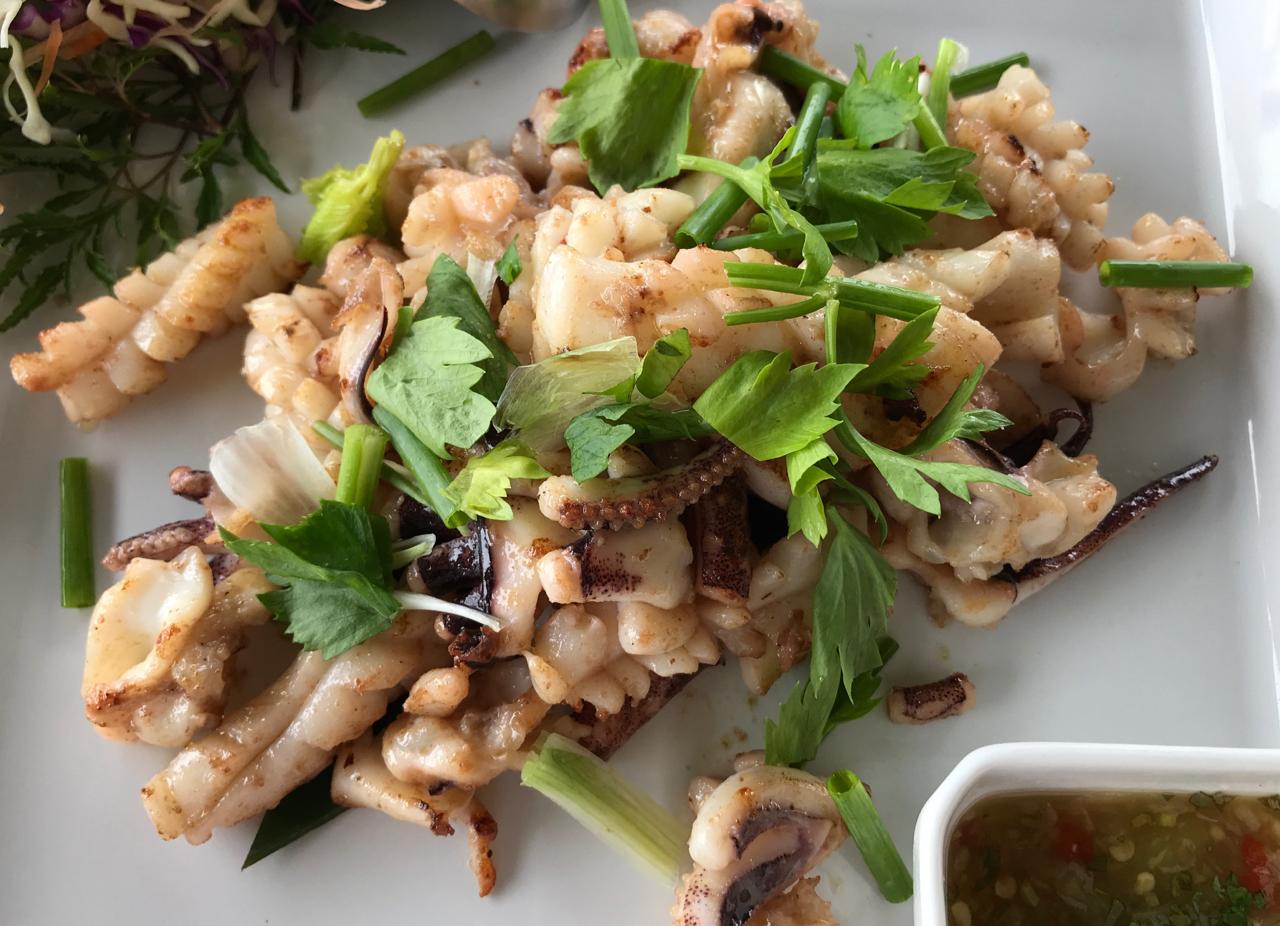
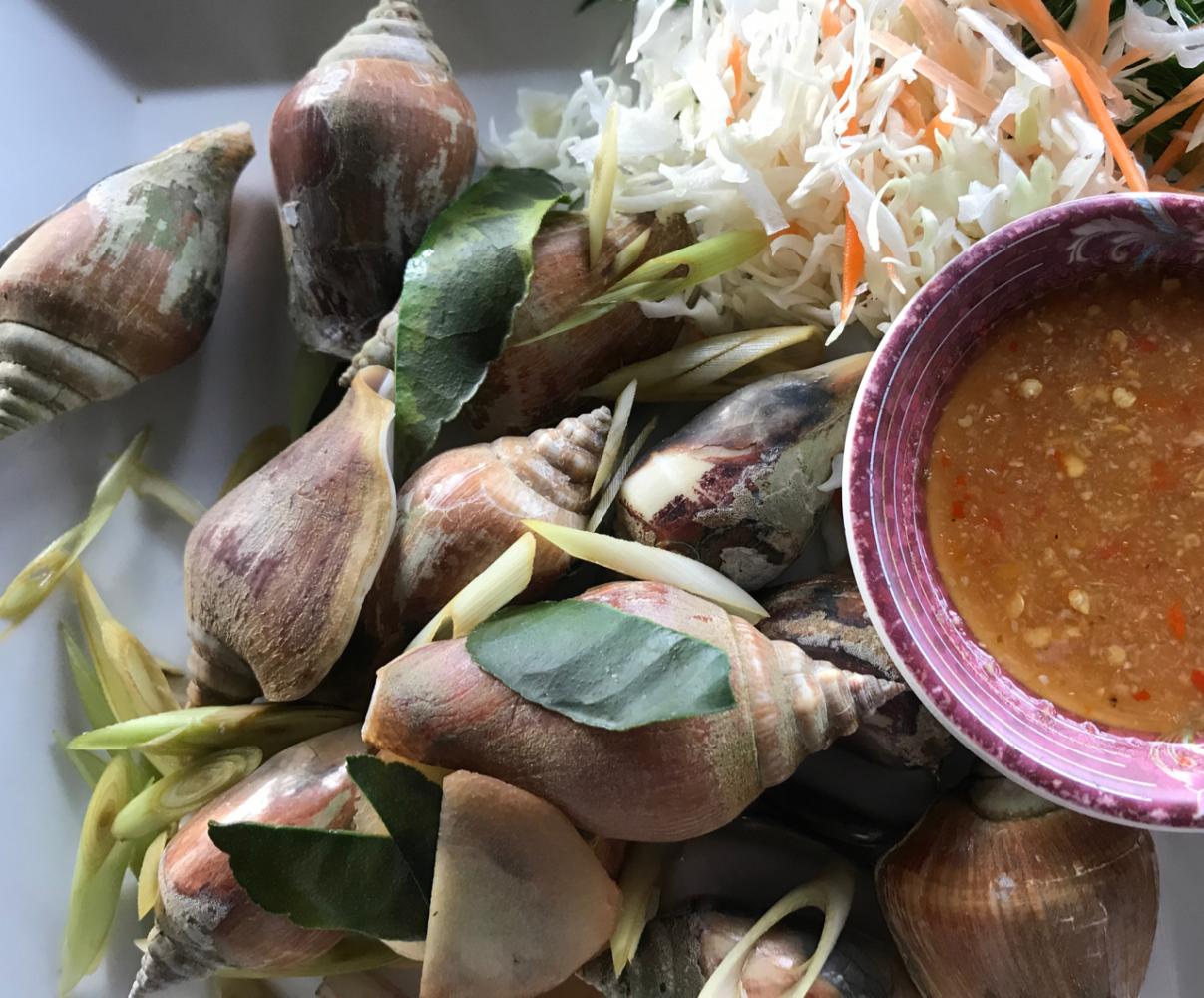
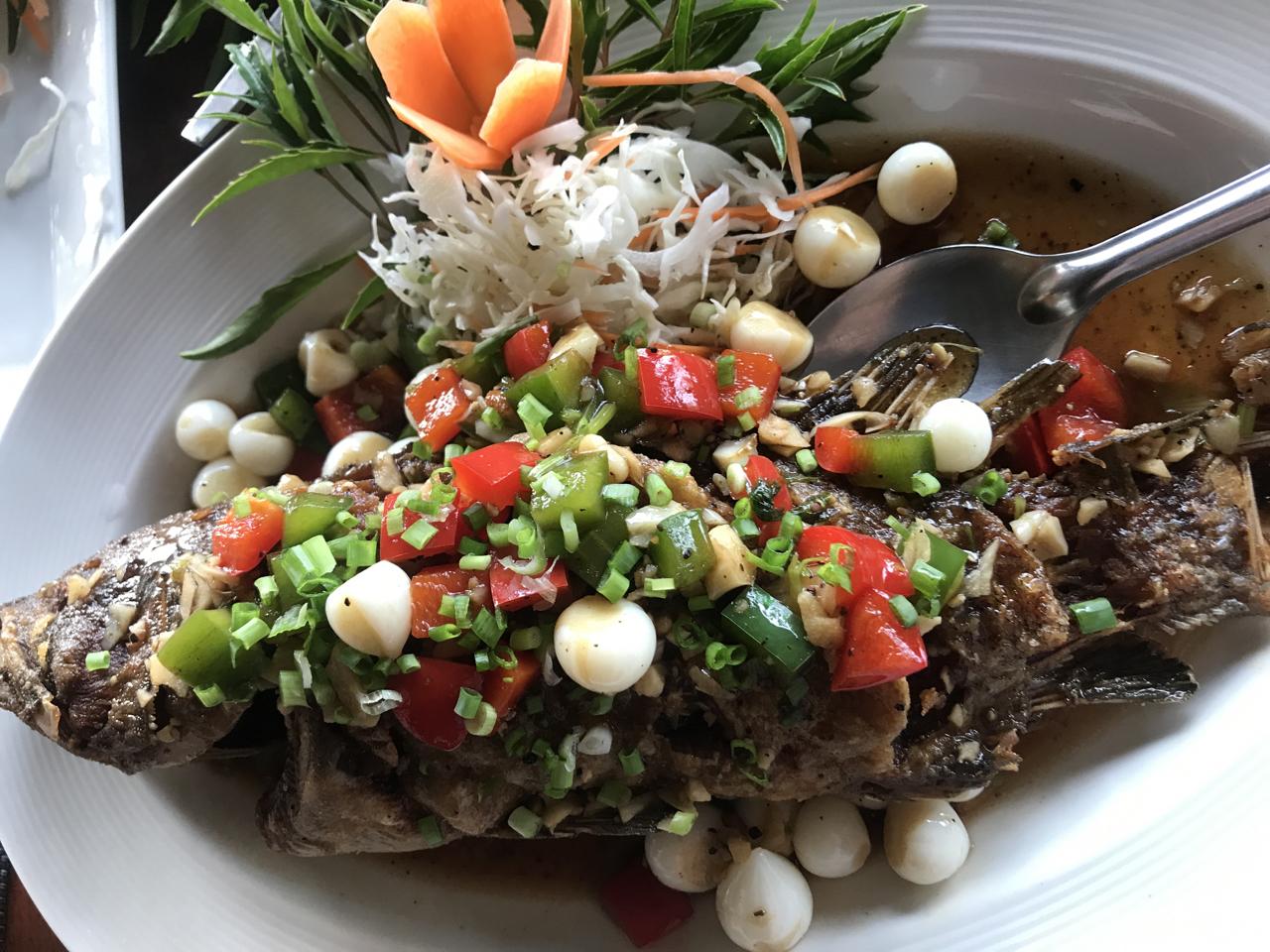

Although many seaside restaurants and pubs closed during the Covid-19 pandemic, some restaurants are still open and offer fresh seafood. My recommended sea view places are Pinto restaurant in Ban Kao community and Kho Kwang Seafood, which is not far from Sala Dan Pier. Both serve a wide range of seafood dishes. Pinto restaurant is good with squid dishes and neung ma nao soup (a spicy and sour dish with options of fish, squid and shrimp) while Kho Kwang has more choices of fish like the delicious pla kao neung si-io (steamed grouper in soy sauce). The price for a 1.4kg steamed fish was only 600 baht. Both restaurants have a pleasant view, especially during sunset.
TRAVEL INFO
- Koh Lanta can be visited by taking a ferry from Ban Hua Hin Pier on the mainland to Sala Dan pier on Koh Lanta Noi. The service is available daily from 6am to 10pm. One-way ticket fares are 100 baht for a car including a driver and 10 baht for each passenger. The drive-through ticket booth on Ban Hua Hin is located about 50m before reaching the pier. For more details, visit its Facebook page at bit.ly/3lbrbq7 or call 080-329-1964 and 075-694-725 from 8.30am to 5pm on weekdays.
- Koh Lanta Noi connects to Koh Lanta Yai by Siri Lanta Bridge. Driving on both islands is possible. However, many parts of the road on Koh Lanta Yai are under construction to upgrade it to a two-lane concrete road. The project is expected to finish next September.
- Boat cruises at Ban Thung Yi Peng are available from 5.30am to 6pm. The price of the sunrise cruise with breakfast is 850 baht per person. The normal rate is 500 baht per person including snacks and hot drinks. One boat can accommodate up to seven passengers. For more details, visit facebook.com/tungyeepengcbt or call Narathon Houngthong, president of the Community Based Tourism Club of Ban Thung Yi Peng, at 089-590-9173.
- The Women's Agricultural Group of Ban Thung Yi Peng on Koh Lanta Yai welcomes visitors to see how they produce shrimp paste daily. It is open from 8.30am to 4.30pm. Call 087-837-3518 and 090-161-1585.
- Koh Lanta Community Museum is open from Tuesday to Sunday from 8.30am to 4.30pm. There is no entrance fee. Donations are accepted. Call Songtham, a retired teacher who oversees the museum, at 093-638-1419 and 096-881-8608.
- The Batik Learning Centre of Ban Thon Libong on Koh Lanta Noi is open daily from 9am to 6pm. Visit facebook.com/lanta.batik.3 or call Saychon Langu at 092-982-9704.

